Infrared Photography
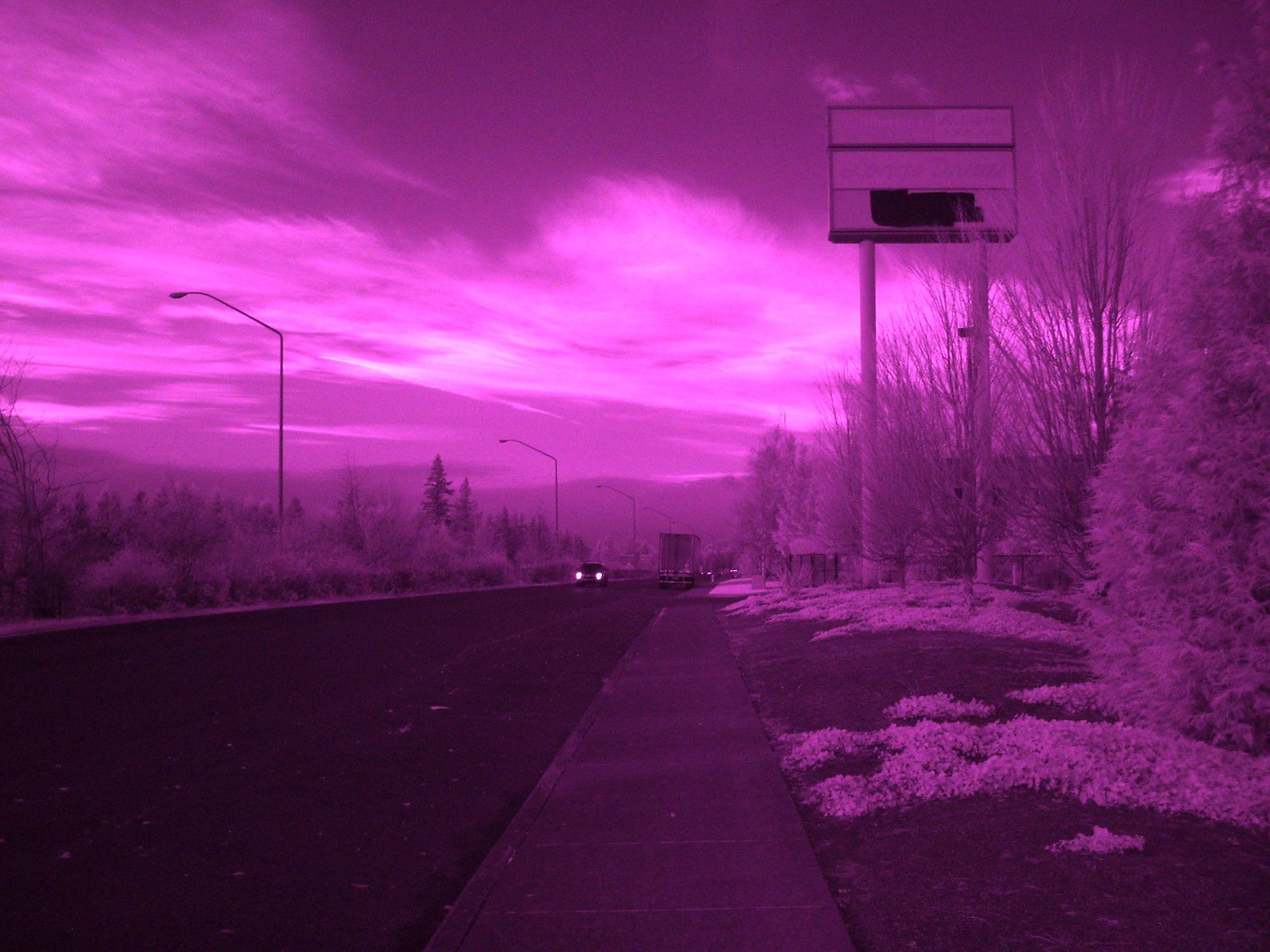
The sensors inside many consumer cameras on the market today are sensitive to infrared light. This isn't normally desireable, so manufacturers add an infrared-blocking filter in front of the sensor. It is possible to remove this filter and replace it with a visible-light filter to take some images from part of the spectrum not normally imaged.
The camera I started with was a Kodak Easyshare C503. I don't remember any particular reason why I used this camera other than it was available and inexpensive.
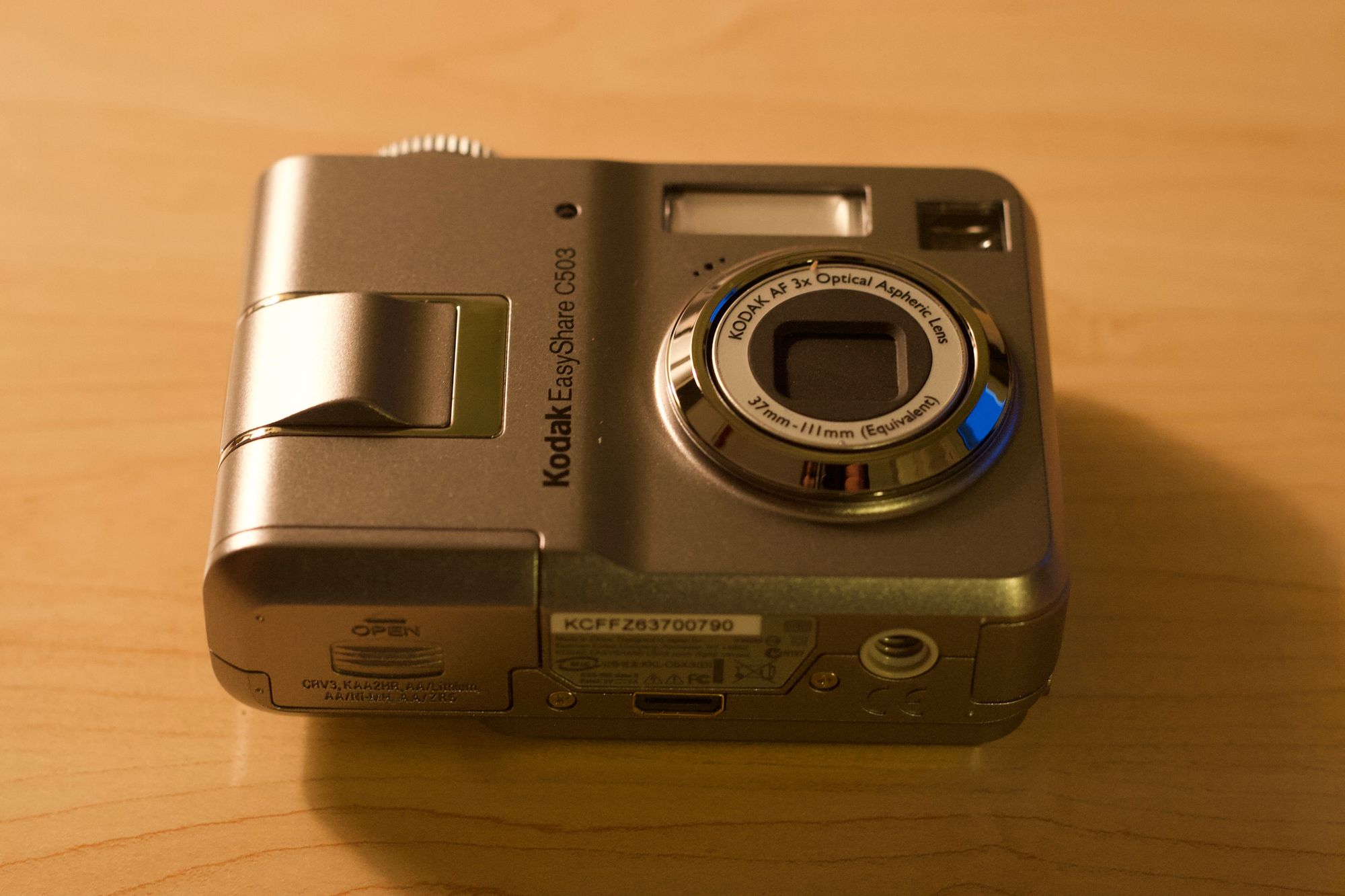
First, I had to get to the sensor of the camera. A few screws held the body of the camera together. Once those were removed the sensor itself was on a rigid-flex PCB assemble which detached from the main PCB of the camera.
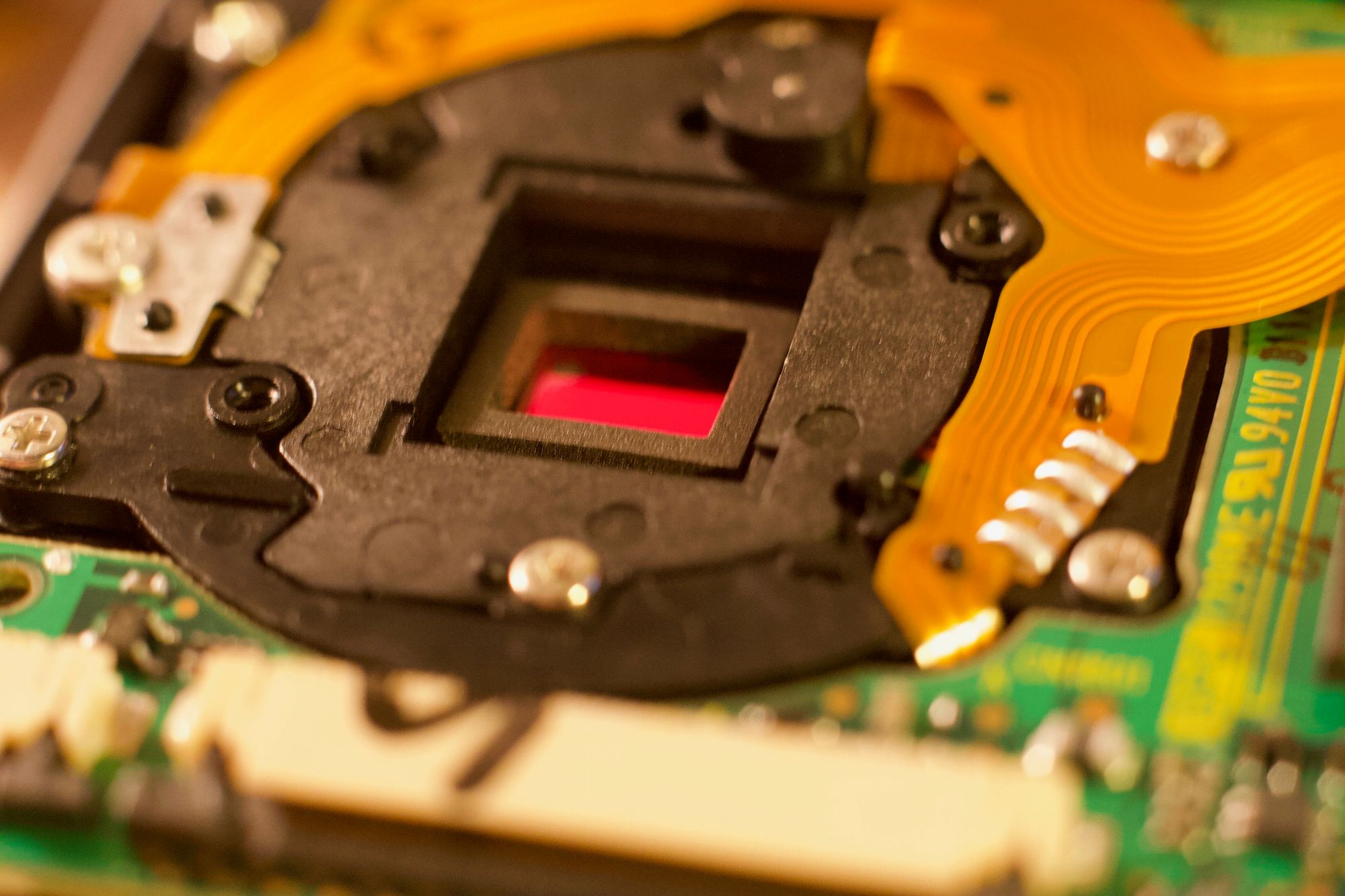
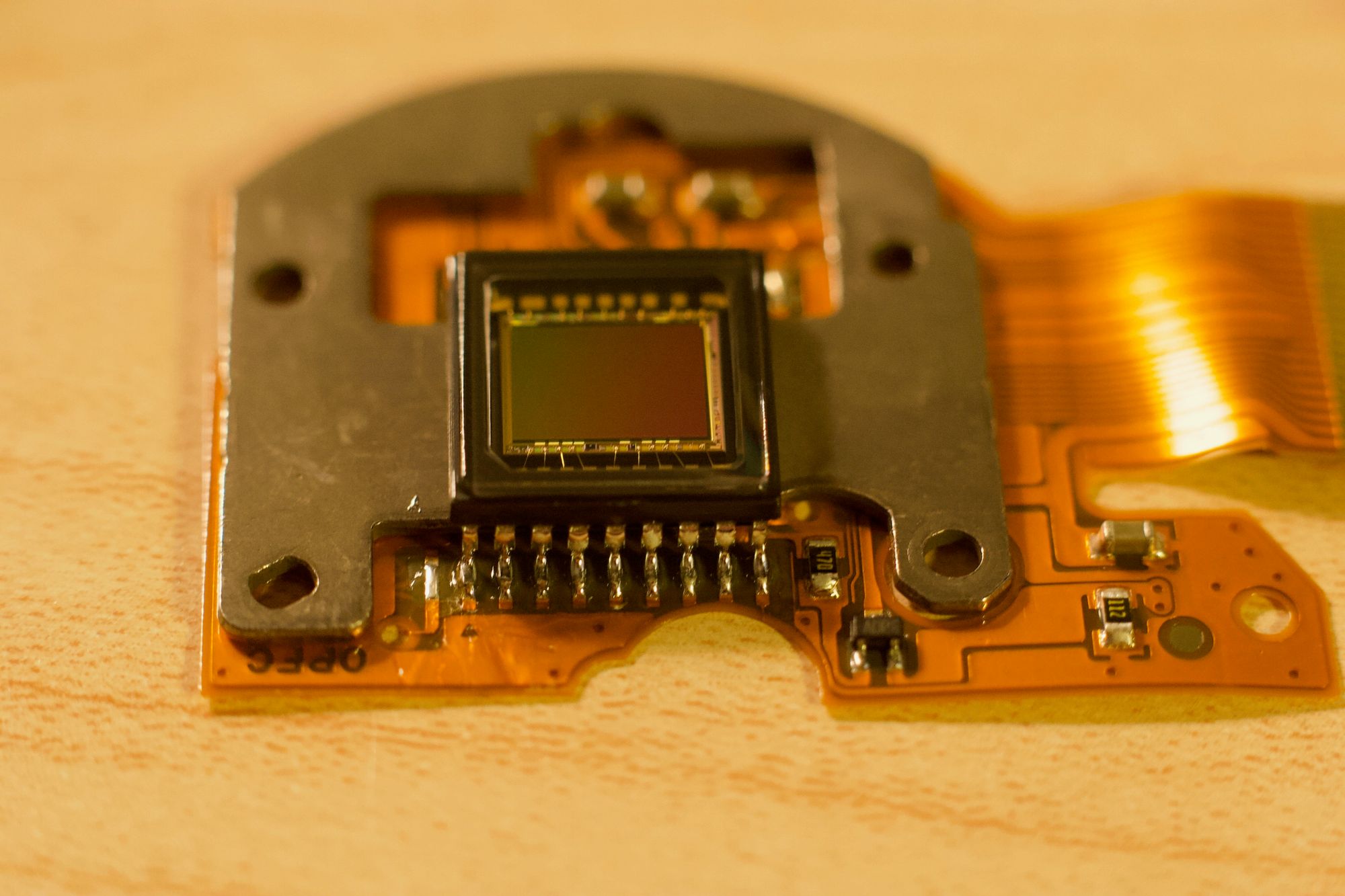
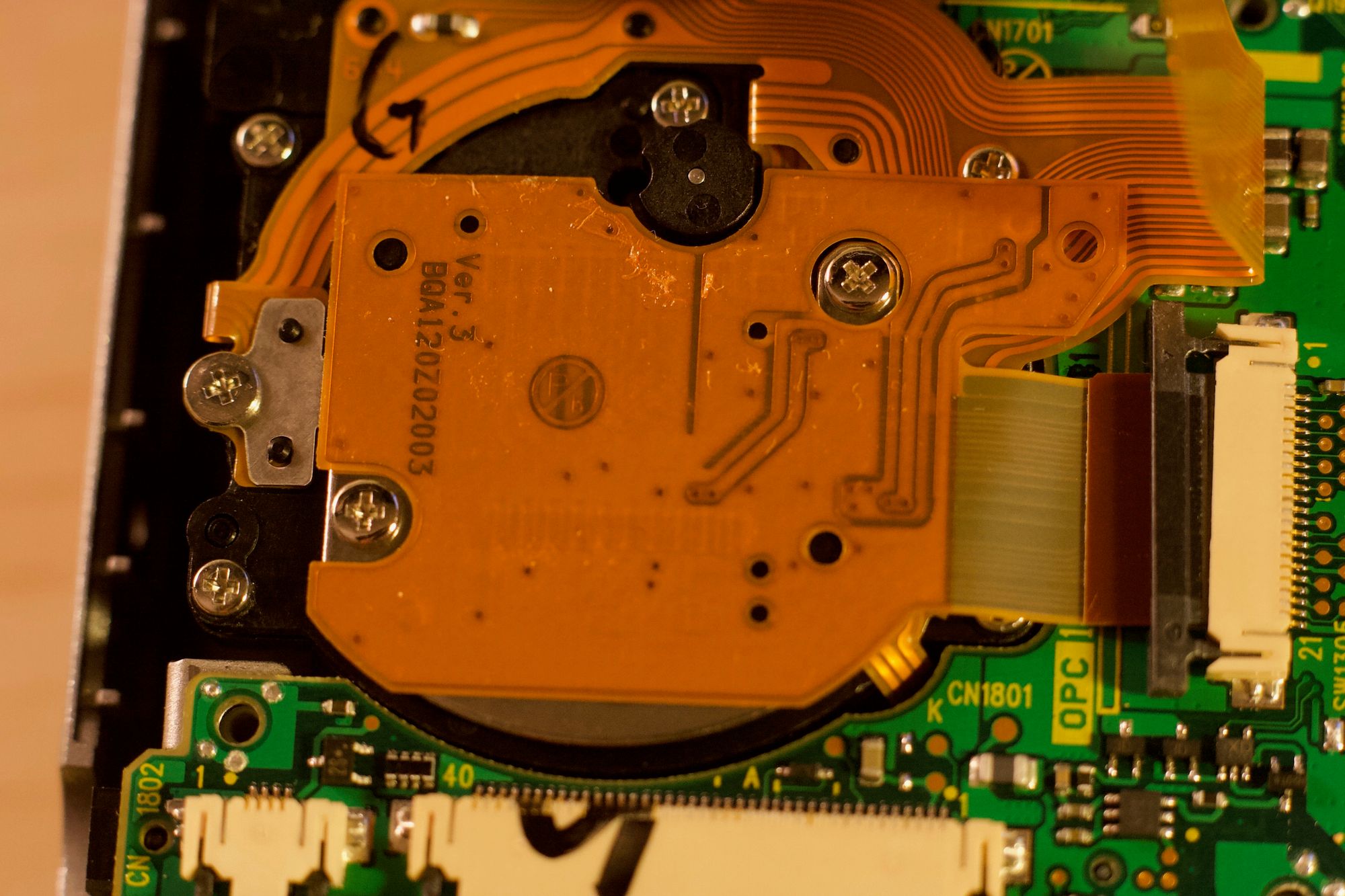

This is what the infrared (and likely UV also) blocking filter looked like:
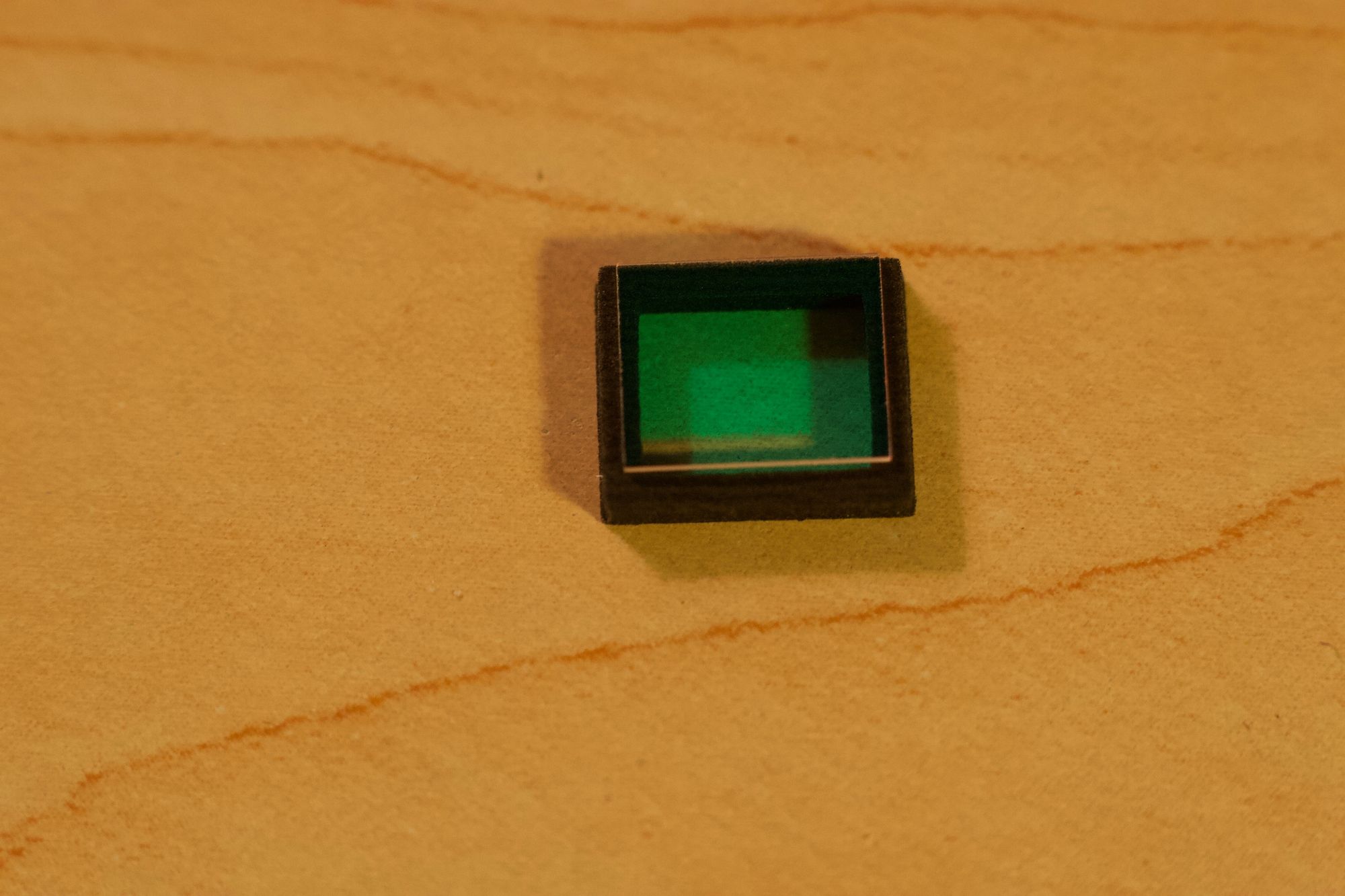
I learned that fully exposed and developed film effectively blocks visible light and is transparent to infrared. I had some film developed and cut a piece down to create a new filter.

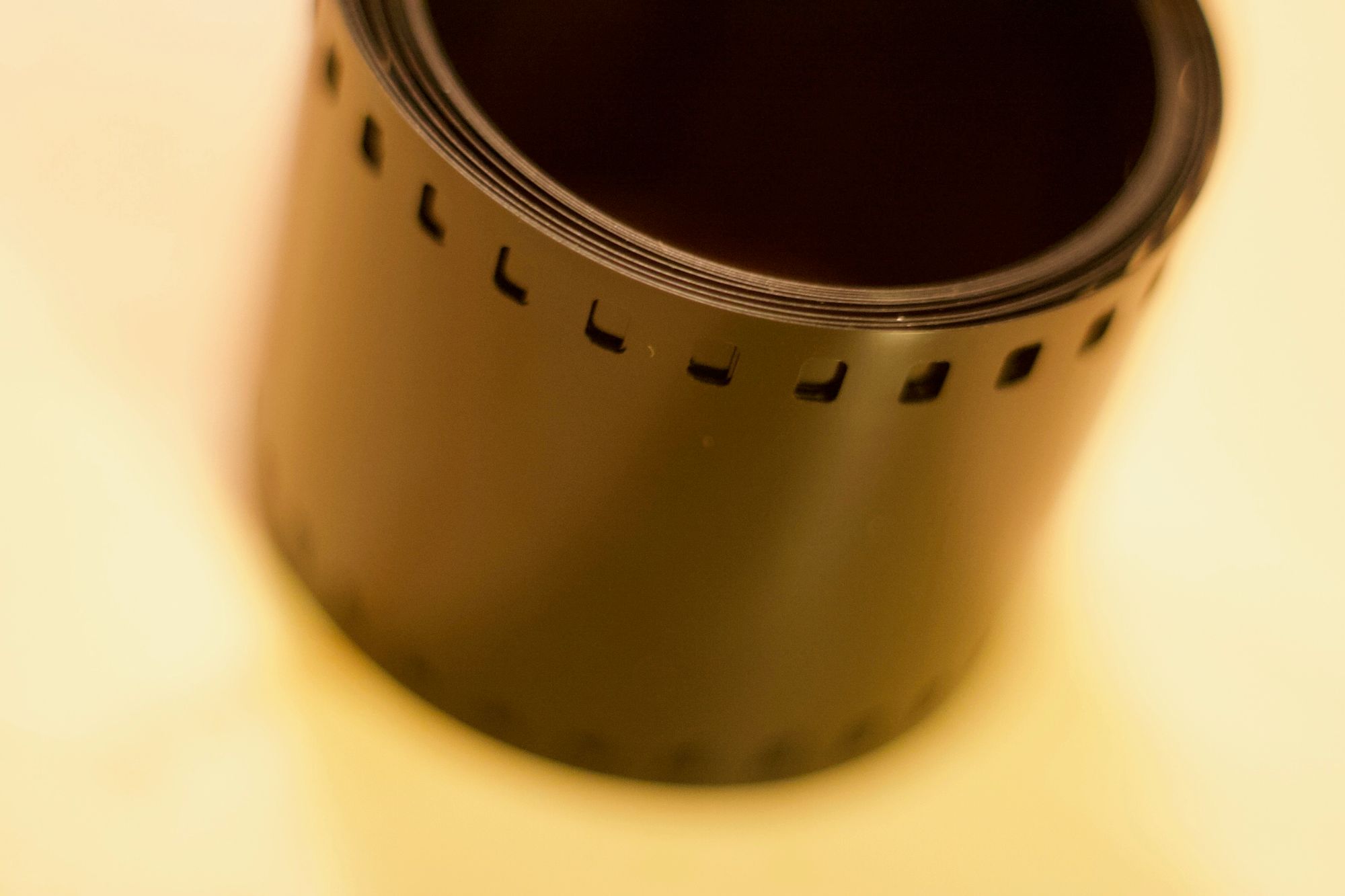
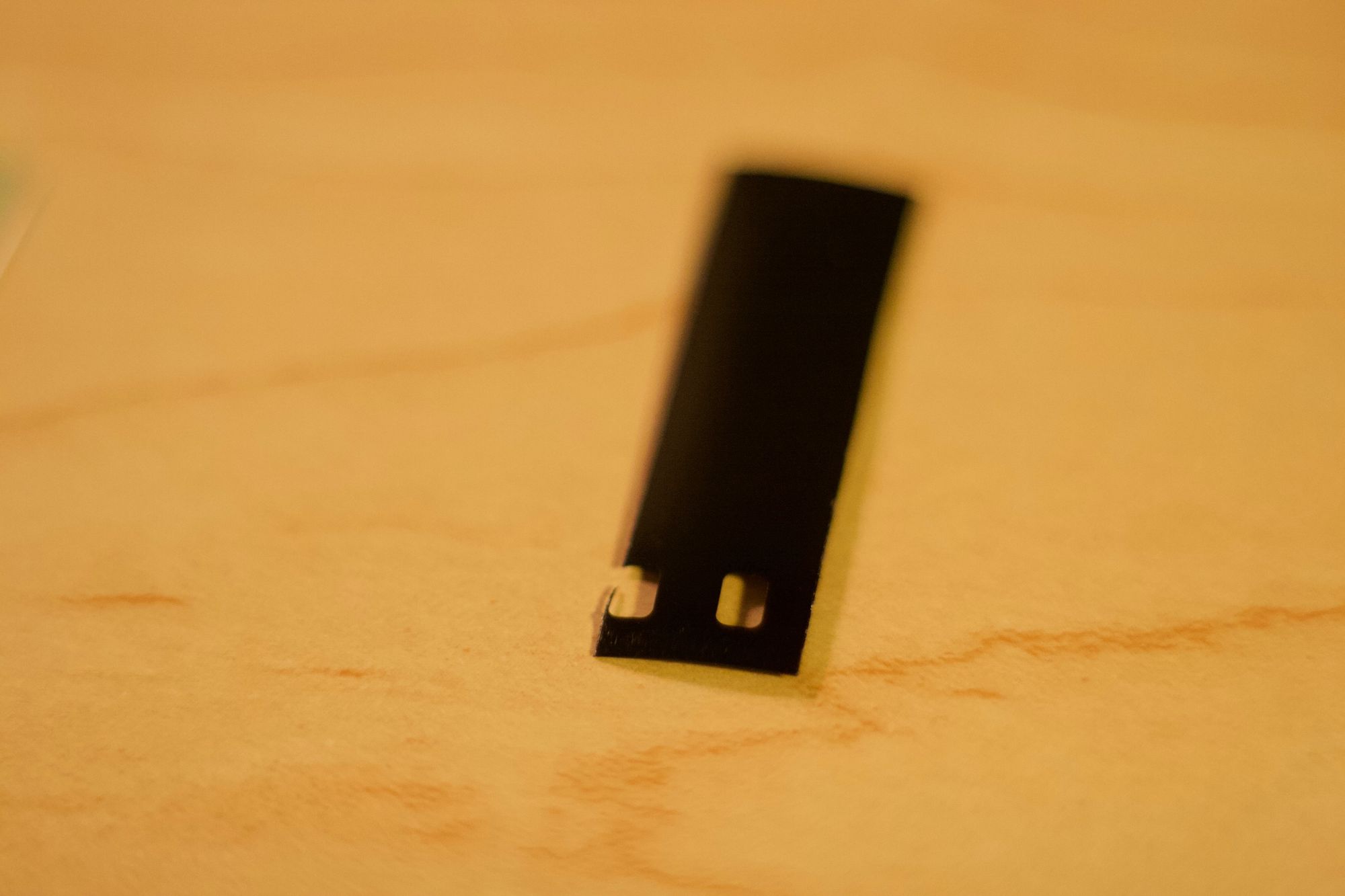
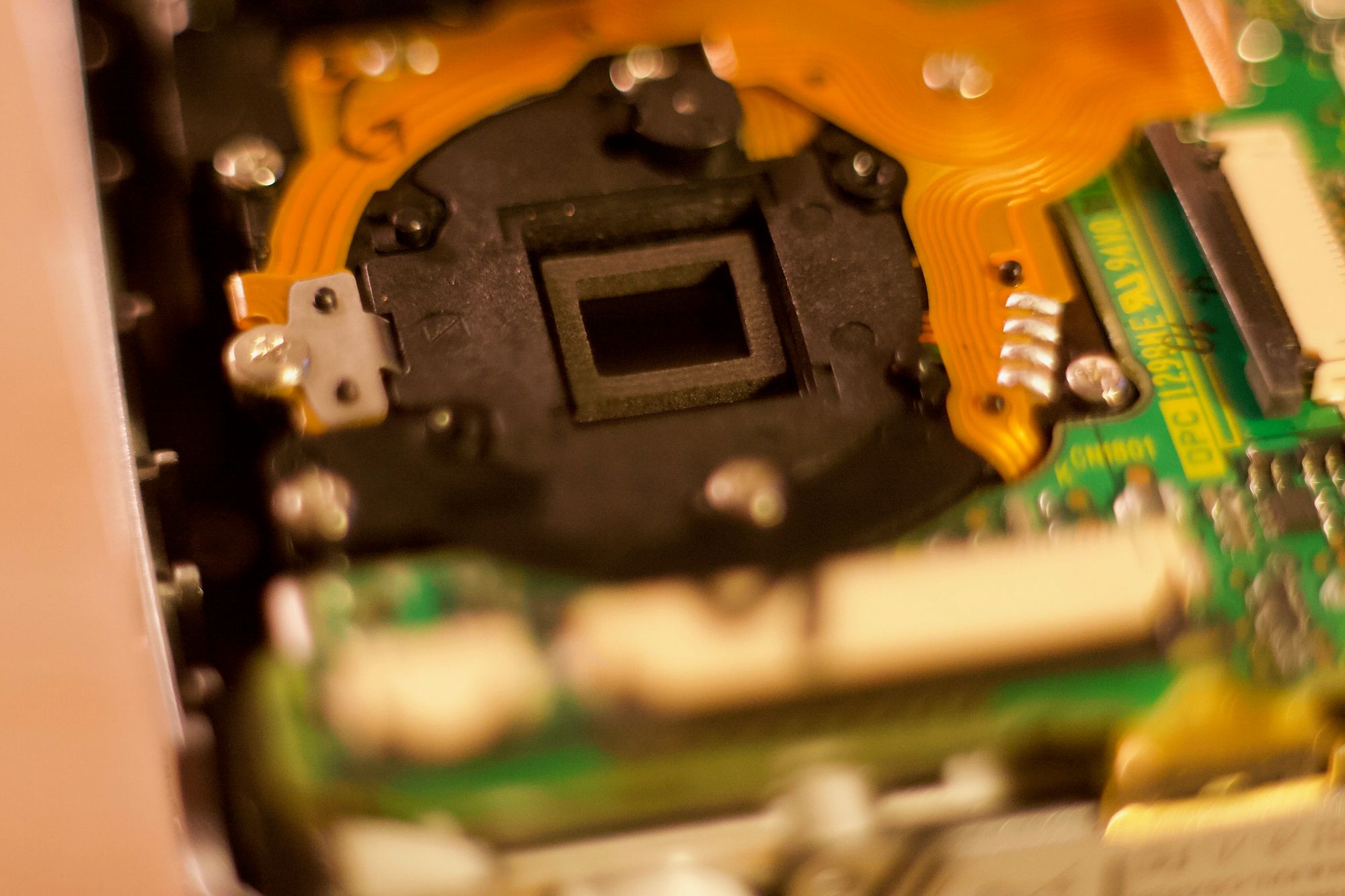
After replacing the IR filter with my developed film I re-assembled the camera without issue and was able to capture IR images.
These images typically have a bit of an other-worldly feel. Note that any kind of green foilage and plant life reflects infrared light very strongly and appears white. These images all come straight from the camera without any additional processing.


